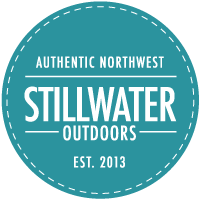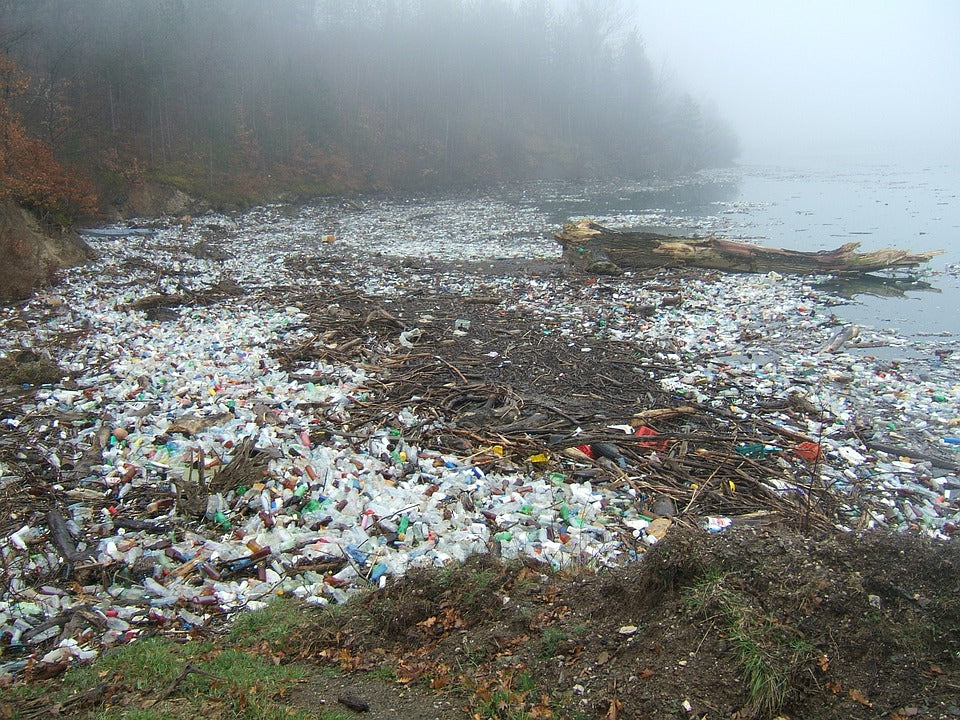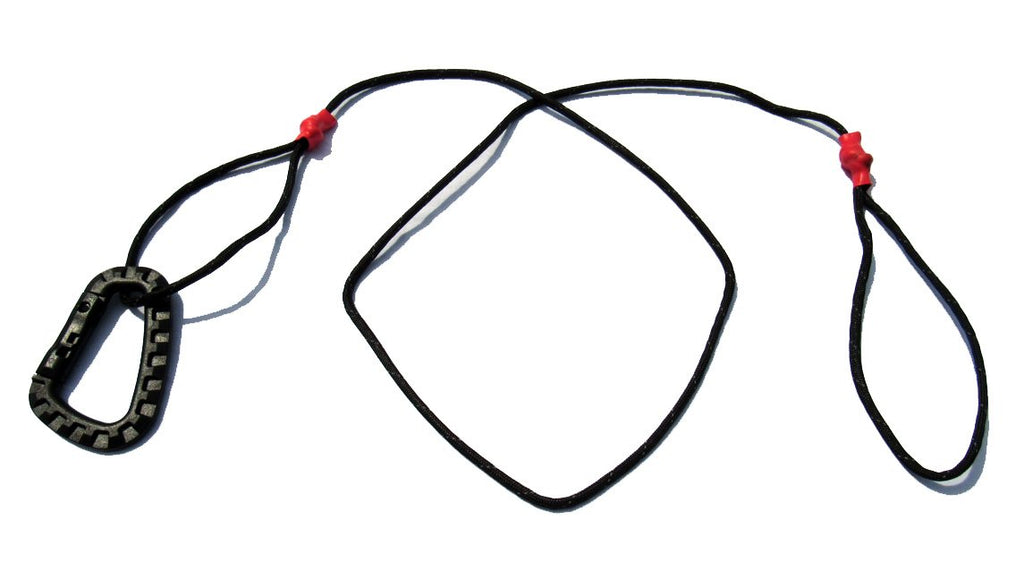It's officially here - mud season. For those of you who live in a hotter, drier climate and have never fully experienced all of the slipperiness and squelchiness of mud season, let us explain. It's that time of year when spring has finally shown its bright, sunny face. The snow starts to melt, the ground starts to thaw, and the resulting tidal wave of water remains trapped on the surface, unable to penetrate the still mostly-frozen ground. This is the result ...

Not a pretty sight, right? But it gets worse. For those of us with children and pets, spring time is a constant war against dirt, one that we always lose.


For the tidy, neat folks of the world, mud season is truly the stuff of nightmares. Most of us hide out in our homes, counting down the days until the frost fully thaws and the sun and wind do their best to dry out the mud. Unfortunately, mud season can last for weeks or even months when conditions are right, meaning that we have a long time to wait before doing anything even remotely fun outside.
Or ... maybe not.
That's right. Today we are challenging all of you mud season phobics to get out of your house, our of your comfort zone, and enjoy all that mud season can offer. How? Embrace your inner child and plan a mud season hike. Don't worry. It's not as difficult as it sounds. Here are some tips, tricks, and basic mud season hiking etiquette that will make you excited about mud season every year.
Wet/Muddy Trails are Fragile
That's right. Some of the most severe and devastating damage to hiking trails happens in spring when the snow melt and thawing frost wreak havoc on maintained paths. During this time, erosion is the enemy. Thankfully, there are a few basic tips that will keep you from accelerating any damage Mother Nature has in store.
1. Be prepared to get dirty.
It's not a matter of if, it's a matter of when. Hiking in the mud is messy business, but it's also a lot of fun. Plan ahead with proper gear and supplies and you'll make the entire trip much less stressful. Wear boots that go above the ankle or consider getting a pair of gaiters. Bring along towels, dry changes of pants/socks/shoes, and even extra water to give your muddiest gear a rinse before climbing back into your car. Toss a plastic tote or bag in the back of your car to hold all of the wet gear and save your vehicle's interior.

2. Walk down the middle of the path
But there's a puddle? Or that's where it's the muddiest? We didn't say this was going to be a nice, neat hike so put on your favorite above-the-ankle water-proof boots and get marching. Though it may be tempting to walk along the edges of paths where there is less water and mud, that's where most of the erosion happens and trampling those fragile areas only makes matters worse. Stick to the middle.
3. Step on rocks, logs, or in the water whenever possible.
Okay, so the first two seem obvious. Rocks and logs provide solid walkways that don't erode the same way the rest of the trail does. The last, however, may seem counter-intuitive. Why walk in water? Especially if it's running water? Though it may surprise you, running water often provides the most stable ground as the mucky, muddy sediment has already been washed away revealing the sturdy ground beneath it.

4. Take baby steps and plan for extra time.
Mud is slippery, perhaps even more slippery than ice. Because of this, you're going to want to take smaller steps and more time to traverse the same trails you cover in the drier summer months. If you're really concerned, bring along trekking poles. They can help keep you upright and can be used to test the depth of both water and mud along the path. Just be sure to outfit them with rubber tips to help minimize damage to the trails.



5. Choose your path wisely.
Avoid paths that traverse lowland/wetland areas as these will be far worse in terms of mud. If you're not sure which trails will be best for an early spring hike, ask. Some trails are designed to handle the worst every season has to offer and are hard-packed with gravel or may have boardwalks over the worst areas.
6. Don't be afraid to turn back.
If you find that the mud is getting deeper or that a stream is literally overflowing thanks to the spring run-off, don't be afraid to turn back. Streams can easily turn into rivers in the spring and water temperatures are still dangerously low. It's better not to risk it and head back the way you came.


































